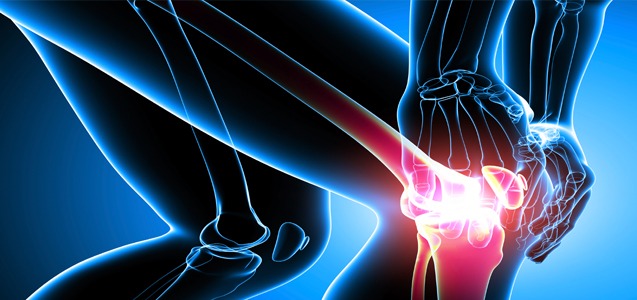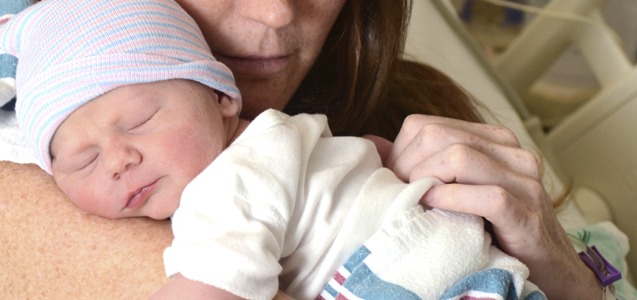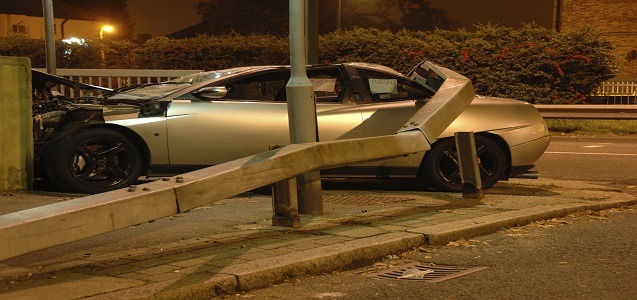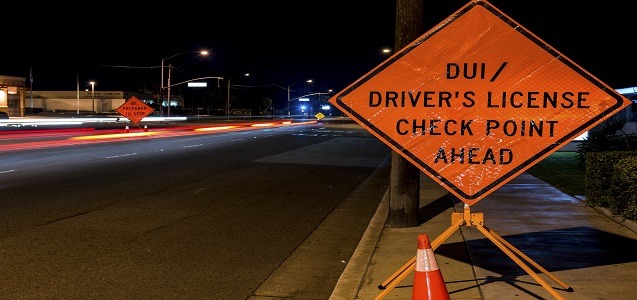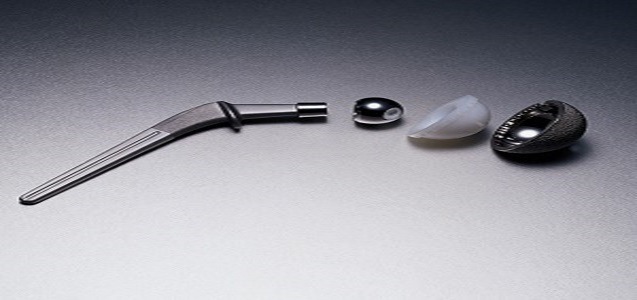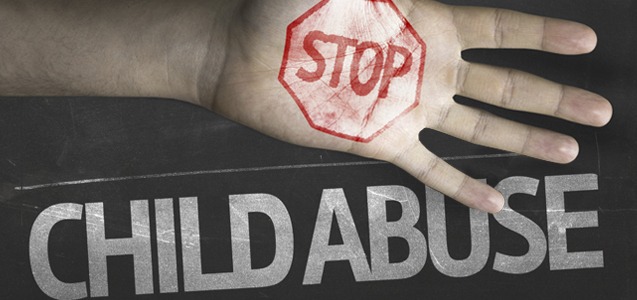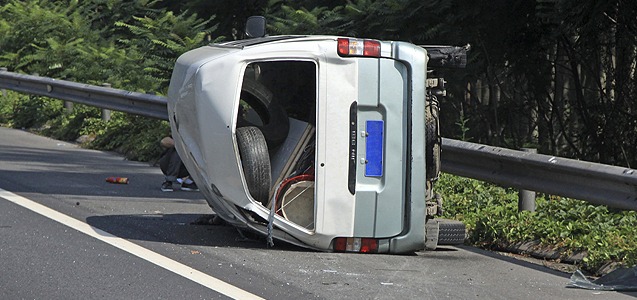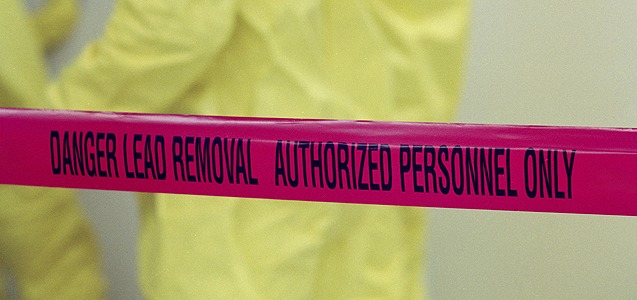Guardrails are designed to protect the commuting public by absorbing the impact of a crash in order to decrease risk of injury. But, evidence is coming to light now, that many guardrail systems are inadequate and causing more harm than good.
Inventor Dean Sickly designed a guardrail system that has saved lives since it was introduced in 1999. The Texas based company; Trinity Industries manufactured Sickly’s guardrail system and sold them nationwide.
In 2005, Trinity Industries changed Sickly’s design by altering a piece of the guardrail’s end terminal (ET) by shrinking a piece of metal from five inches in width to four. This slight modification decreased the crashworthiness of the guardrail system, and since its introduction, has killed and maimed drivers who have collided with the new ET-Plus.
Many people have suffered due to the new ET-Plus guardrail system because it does not work properly, and this is not acceptable. The experienced product liability lawyers at The Yost Legal Group have represented many people who have been injured due to faulty products and have brought many victims the justice and financial compensation they deserve.
The reasons behind the change in the guardrail system vary depending on who you talk to, however, internal documents from Trinity Industries claim the change would save the company $2 an ET; equivalent to saving $50,000 annually and $250,000 over five years.
The internal document also contained the disturbing quote, “I’m feeling we can make this change with no announcement.” What does that mean? It means Trinity Industries failed to inform the Federal Highway Administration of the changes made with the ET-Plus. Trinity Industries claim the new patent documents inadvertently omitted the new design specifications.
Click here to read Trinity Industries internal email.
Trinity Industries has since provided safety crash test data to the Federal Highway Administration, which has cleared them of any charges and approved the use of the ET-Plus as it meets all federal safety standards. While the ET-Plus has been federally approved, the states of Missouri and Massachusetts have halted use while further investigations are conducted.
Sean Kane, President of The Safety Institute told ABC news, “Clearly I think there is a safety issue. What we’re seeing is real-world crashes around the country where the guardrails are not performing as intended.”
Presently, there are several lawsuits filed against Trinity Industries, which allege the small change altered the way, the guardrail functions by impaling through one’s car instead of bending back as they were originally designed. In several cases, the victims were killed or maimed with loss of limbs.
All manufacturers are obligated to make products that are safe for the public. When one is injured due to faulty product designs that are knowingly produced and sold, someone should be held accountable. This level of negligence is unacceptable and victims of these new guardrails deserve justice.
If an ET-Plus guardrail system, or any other defective product has injured you or a loved one, you deserve compensation for your losses. The dedicated attorneys at The Yost Legal Group are here to protect your rights and fight for justice.
The Yost Legal Group is experienced in helping individuals and families who are victims of automobile accidents and defective products. The Yost Legal Group has the experience to investigate your case, determine what negligence was involved and fight to protect your right to full and fair compensation.
If you or a family member has suffered in an accident, contact the experienced, caring attorneys at The Yost Legal Group. The experienced Baltimore, Maryland product liability lawyers will work hard to investigate the facts surrounding your situation, get to the truth and see that justice is served.
Contact The Yost Legal Group at 1-800-Yost-Law (1-800-967-8529) to speak with an experienced Product Liability attorney for free. One of our experienced lawyers will work hard to protect your rights and handle all of the details surrounding your case. If someone was at fault, we will fight to get you the compensation and the justice you deserve.
To find out more about your rights, please contact the experienced and knowledgeable Personal Injury lawyers at The Yost Legal Group.
The Yost Legal Group, Experienced Lawyers Dedicated to Protecting your Rights.
Click here to read ABC News report on Trinity Industries new ET-Plus guardrail design.

